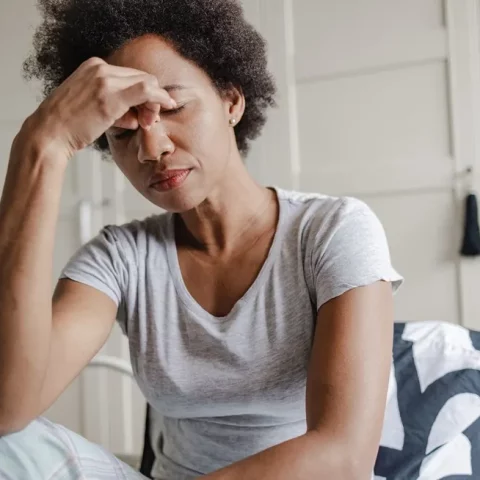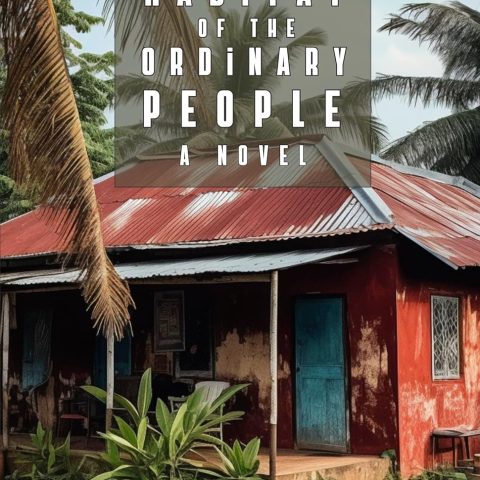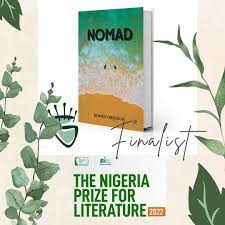ON PHOTOGRAPHY, PEOPLE AND POLITICS
By Wambui Mwangi
Friday, March 25, 2010.
I.
Photography has insinuated us into each other’s lives in ways that were not formerly possible, but photographs have been engaged in new activities, too. The media, locations and objects in and on which we can present our visions of the world to friends and strangers have proliferated, as in Walter Benjamin’s prescient suggestion, such that their interaction is made both dense and fragmented by multiple possible meanings and multiple possible trajectories of attention. The same image might appear on a t-shirt, in a gallery and on the side of a car. Widely divergent images are forced to co-exist by the dictates of an internet search, or an arrangement of books on a shelf, the visual organisation of affection in a wallet or on a screen saver, the postcards of capricious tourist histories and routes or the local history of a family memorialised in a photography album, or on a wall of a home. This might incline to anarchic ‘seeing,’ to new formations of ‘the visible,’ to new conceptions of self and other, new configurations of the possible in society and politics, to all of these or perhaps to none.
II.
I used to be afraid of photographs, especially of documentary films and still shots of events/people that I had experienced or known myself. In a thought perhaps related to the fear that photographs will ‘steal’ your soul, I thought that photographs and other representational forms would replace the person or time I wanted to remember and for which I had my own cherished mental narratives and images. Although I still think it extremely reasonable to suppose that photographs exact multiple dislocations and re-locations of memory and identity, it did not take long to realise the futility of this bias.
It is the exception, and not the rule, to choose what you see or do not. The things and bodies and matter of others are the world, not just in it; their intentions, deployments and matter-stuff the context/content of consciousness and perception. I have been thinking of photographs as representations of other things, but also as object/things in themselves, busy and mobile, entering into and withdrawing from networks, drifting into and out of visibility and meaning, creating communities and dissolving or subverting them, asserting economic realities, inducing political affiliations, waking up memory and history, and confusing and blurring them.
III.
Images might be equally or alternately silly and profound, as might their new mixes, new suggestions, new juxtapositions. Some of the political power of photographs –the power of what is photographed as well as of the photographs as visual objects– arises from this recombinant energy and immanence of latent trajectories. Unfortunately, so too does most of its banality.
Collisions, interwoven circulations, circumstantial co-existences; configurations that might mean everything, or nothing at all. Google ‘search’ delivers whatever it thinks you asked for, which might not be what you meant. I have nothing against children, even the tiniest ones; nor in fact do I hold many grudges against architects. Mostly. Nevertheless, people do not first ask your opinion of tiny bawling scraps of humanity before insisting that you see pictures of their grand-children and I have yet to meet the architect who cares whether I agree aesthetically with the ideas before forcing them irrevocably into my sight and world.
This might give rise to questions about what kinds of people do have this power of creating our visual contexts, not just ‘in the media’ and world ‘out there’ but in our intimate lives and domestic spaces. It also give rise to speculations about private and public, ‘at home’ and ‘out there,’ re-organising both our ideas of spaces and our distribution of ‘self.’ I belong, for instance, to that community of people who sometimes chuckle at Gado’s cartoons, own lessos and often see them on the bodies of others, develop an appetite whenever they see samosas, have a Kenyan five-shilling coin somewhere in their house, have been to Uhuru Park, have personal experiences with Nairobi traffic, encounter matatus, benefit from street lighting in Nairobi; have their visions of their home-towns now punctuated with Coca Cola kiosks–specific places and re-combinant occasions of ‘seeing’ and ‘visibility’ that traces various topographies of who ‘we’ are. Seeing and being with some ‘things’ imparts its own modes of belonging, being able to remember them or re-envision them is a specificity of nostalgia and a form of claim. A proprietary and melancholic gesture for space in the community evoked/depicted, it at once calls upon and creates that community. IV.
So much for intentions. Over the last few weeks, I was on the look-out in Nairobi for an Egyptian flag to use in a photograph. I had been thinking of an old friend of mine who lived in Cairo and who I was sure was in Tahrir Square, although I had no news of her. I found plenty of internet images of the Egyptian flag in various interpretations, but I wasn’t clever enough to find a physical flag. I had been looking for it in places other than the Egyptian official diplomatic sites. Still, there are plenty of red, white and black objects around me to create the visual congruencies and overlaps I was looking for. I experimented happily with other registers, other kinds of visual recombinations. Objects swept into these kinds of narratives, symbolic states and photographic utterances become at once more dense and more “fuzzy.” They seem to accrue more presence as themselves and also as what they represent, in addition to what they also might represent, or be. Layered onto all of this is the structured obfuscation of any photograph, as such, possessing as it does both a speaking surface and a symbolic depth, multiple temporalities and spaces, however sotto voce. Photographs are objects themselves, busily pretending to point to other objects, and other places, other times: effacing their own presence and locations, but weaving together jostling, incomplete claims of realities as objects, as well as photographs of other things. As representations of other representations which themselves refer endlessly back and forth to the lives of the women thus helplessly imbricated, as well as to still-emergent ideas of “Egypt,’ to Nairobi and Cairo, they increase their work, but also intensify their practices of contradictory self-effacement and assertion. Much of our world and our sense of ourselves depends on what we see, in whose company, in what places and in what forms; many of our ideas of the ‘others’ in our world do, too. For the photographer, images illuminate repeatedly their own arbitrariness; the distance between the time and space of the shutter-click, the photographic object we present to its audience, and the further complication-masquerading-as-clarification that we provide with captions. This image with the lessos and the roses started off as an accident with a bowl of beans. Later, I re-assembled it around the thought of one woman, who lives in Nairobi. As soon as I thought of my other friend in Cairo, it included her in its meanings as well. I wondered if this second woman in Egypt still had her lessos and whether she still professed a fondness for black beans, if her house still sported the single (plastic) red rose in a vase in the living room, if she was still as madly in love with her partner as she had been when last I saw her. My attention was drawn simultaneously to the circulation of commodities, the intricate unfoldings of Diasporic subject positions, the opacity of photographs, the shifting locations and circuits of display of photographs and other objects, and the gift economy between women, which traces along its pathways the ethics and aesthetics of our networks and modes of identifications.
Thinking recently of my grandmother’s cups led me also to wonder about the strategies of care and community building exhibited in Tahrir Square with some awe: there were designated teams of volunteers for almost everything, including medical care, feeding of the protesters and recycling of the trash. I wondered what kinds of cups were used in these acts of solidarity, whether the feel of them will linger with a memory of warmth when the protestors who were in the square are old. They will tell stories to their children and grandchildren, about ‘that month, that week, that day in Tahrir Square; I was there.’ As they speak, will their fingers curve around the imaginary cups, thumbs perhaps cocked to grip the handle? Will they be able to smell again the scent of the drink they shared, that day in that square? What happened to these cups, afterwards? Did these cups just ‘go home’ or are they in a museum, already singular artefacts? Did someone steal them, as momentos of the experience, or were they disposable? Do they now have new lives in the trash or on a pedestal?
V.
I wonder also if authoritarian leaders everywhere have realised that cutting off the cell phone system does not switch off the cameras in the cell phones.
New objects, new histories, new documentations, new ways of popular historiography, new modes of organising ‘the political’ and ‘the familiar.’
Wambui Mwangi is a photographer, writer and academic. She is the founder of Generation Kenya and blogs at Mad Kenyan Woman.
Send to a friend | �
View/Hide Comments (0) | �





